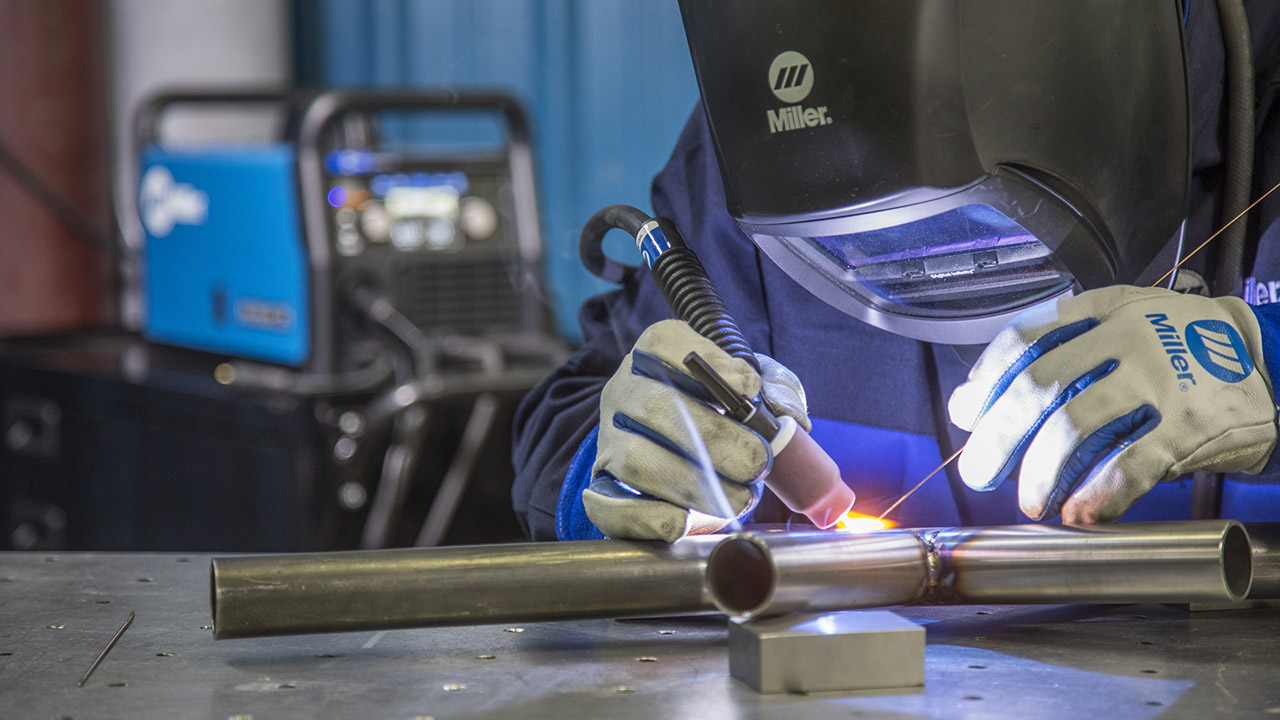Bonding WPS for Beginners: Beginning with Welding Treatment Specs
Bonding WPS for Beginners: Beginning with Welding Treatment Specs
Blog Article
The Ultimate Guide to Welding WPS Procedures: An Extensive Overview for Welders
In the elaborate globe of welding, Welding Treatment Requirements (WPS) work as the backbone of guaranteeing high quality, uniformity, and safety and security in welding operations. Understanding the nuances of producing, carrying out, and keeping track of WPS procedures is crucial for welders looking to elevate their craft and satisfy market requirements. As we look into the numerous components of a WPS and discover the intricacies of credentials and qualification, we will certainly reveal the essential duty these procedures play in the realm of welding. Let's get started on a journey to unravel the intricacies and importance of WPS procedures in welding techniques.
Relevance of WPS Procedures
Recognizing the value of Welding Procedure Requirements (WPS) treatments is crucial for making certain the top quality and honesty of bonded structures. WPS procedures offer as a roadmap for welders, describing the essential steps, specifications, and products needed to achieve an audio weld. By adhering to WPS standards, welders can make sure consistency in their work, bring about structurally sound and reputable welds.
One of the main reasons why WPS treatments are important is their duty in maintaining weld quality and honesty. Complying with the specified welding parameters and methods described in the WPS assists stop problems such as porosity, breaking, or insufficient blend, which can jeopardize the strength and sturdiness of the weld.

Parts of a WPS
A Welding Treatment Specification (WPS) normally comprises vital components that detail the particular needs for performing a weld, making certain uniformity and top quality in the welding process. The vital elements of a WPS include necessary variables such as base metals, filler metals, interpass and preheat temperature levels, welding procedures, protecting gases, welding settings, and post-weld warm treatment demands.
Base metals refer to the materials being joined, while filler metals are used to load the void in between the base steels during welding. The welding process outlines the specific method to be used, whether it's gas steel arc welding (GMAW), secured metal arc welding (SMAW), or an additional technique. Welding positions define the orientations in which welding can be carried out.

Certification and Certification
Having established the crucial components of a Welding Treatment Spec (WPS), the focus now changes towards the vital aspects of credentials and qualification in welding practices.

Qualification, on the other hand, is the official recognition of a welder's qualifications by a relevant accreditation body or company. Welding accreditations are commonly based upon the certain welding procedures, materials, and positions a welder is certified to work with. Holding a legitimate welding certification shows that a welder fulfills market standards and is skilled to carry out welding tasks to the required specifications.
Developing a WPS
To create a Welding Treatment Requirements (WPS) that meets sector standards, cautious consideration of welding procedures, materials, and functional parameters is important. The initial action in creating a WPS is to recognize the welding procedure to be utilized, such as gas steel arc welding (GMAW) or secured metal arc welding (SMAW)

Executing and Monitoring WPS
Upon completing the thorough Welding Treatment Requirements (WPS) that meticulously details welding processes, products, functional parameters, and quality guarantee steps, the emphasis moves to efficiently carrying out and keeping an eye on the well established procedures. Execution includes ensuring that all welders involved in the job are familiar with the WPS and follow it diligently throughout the welding process. Efficient implementation and tracking of the WPS are critical for ensuring the integrity, toughness, and safety of the bonded joints, inevitably contributing to the total success of the welding project.
Verdict
In final thought, understanding and complying with Welding Treatment Specs (WPS) is crucial for welders to make certain top quality, consistency, and safety and security in their work. By understanding Read More Here the elements of a WPS, getting correct qualifications and certifications, developing in-depth procedures, and executing and checking them properly, welders can improve their skills and efficiency in welding techniques. Complying with WPS treatments is essential for generating top notch welds and conference industry criteria.
In the detailed globe of welding, Welding Procedure Requirements (WPS) offer as the foundation of ensuring quality, consistency, and safety and security in welding operations. The welding process details the details strategy to be made use of, whether it's gas steel arc welding (GMAW), secured metal arc welding (SMAW), or an additional approach.To establish a Welding Procedure Specification (WPS) that fulfills sector criteria, mindful factor to consider of welding processes, materials, and functional parameters is important. The very first action in developing a WPS is to identify the welding procedure to be utilized, such as here gas steel arc welding (GMAW) or shielded steel arc welding (SMAW)Upon settling the extensive Welding Procedure Requirements (WPS) that meticulously information welding processes, products, functional specifications, and top quality guarantee procedures, the emphasis shifts to efficiently executing and checking the established procedures.
Report this page